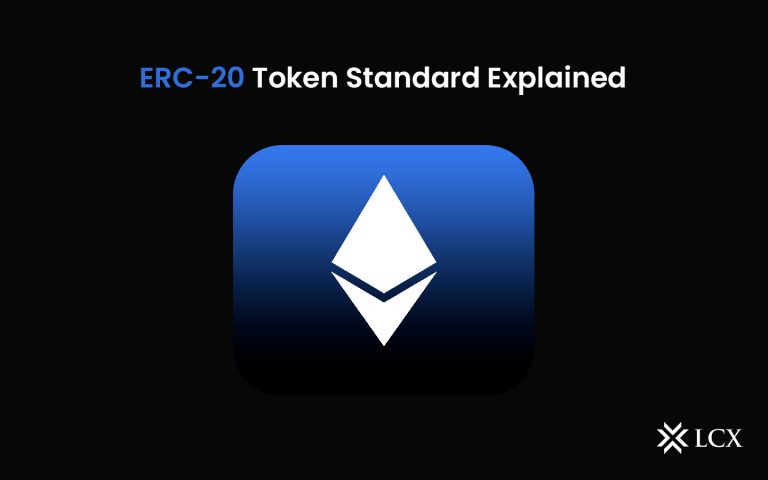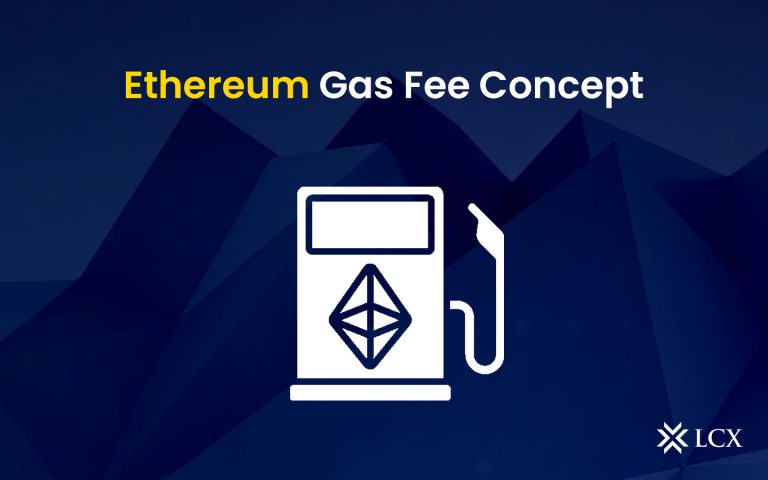In recent years, NFTs have grown in popularity in the gaming sector. The gaming industry embraced NFTs quickly, and asset-backed NFTs are already becoming more prevalent. These NFTs serve as ownership certificates for tangible goods.
The gaming industry, in particular, has benefited from their increased viability in many contexts and for various use cases. NFTs, which are digital assets that stand in for in-game content, are what make blockchain technology in gaming possible.
The blockchain networks that support asset-backed NFTs give players control and prove scarcity, scalability, and data integrity, while these tokens are one-of-a-kind, rare, and unique. When put together, these benefits could lead to widespread adoption and a much more equal value structure.
NFTs and in-Game Assets
Artists, crypto fans, and natives all became interested in buying verified, unique works of digital art that were based on the blockchain, and the term “NFTs” became much more common. When digital artist Beeple sold an NFT for $69 million at Christie’s auction house, records were surpassed.
Simply said, asset-backed NFTs are a category of blockchain tokens that are appropriate for artwork and in-game assets because they cannot be exchanged for one another. NFTs are a popular medium for digital art because they possess the following essential qualities:
- They are programable to be as distinctive as required.
- They are immutable.
- The blockchain makes them impossible to hack.
- More use cases are emerging (with the growth of the Metaverse, for example).
These elements also make NFTs better suited for another function: as in-game assets. The gaming industry is now very large and constantly expanding, but experts predict that it will develop rapidly in the coming years. Therefore, by combining NFTs with in-game assets, the fundamental concepts of virtual ownership and decentralization are greatly enhanced, which may encourage more players to engage with the rewarding world of in-game assets.
Why Are Asset-Backed NFTs Important for the Gaming Industry?
NFTs are a brand-new class of digital assets that are now crucial in the gaming sector. They enable safe and open trading of virtual goods between players. This has enormous advantages for both gamers and game designers.
In-game assets gain benefits like decentralization, reliability, visibility, and legitimacy when they are placed on the blockchain. Since NFTs permit complete digital ownership, they are ideal for application as in-game assets.
Players have more options thanks to NFTs for how they can engage with games. By using NFTs, gamers can discover any virtual world or story they can imagine without being restricted by set rules or forced to follow conventional narratives.
Developers looking to create ever-more immersive experiences now have access to a whole new realm of gameplay possibilities. Asset-backed NFTs provide game producers with a powerful means of making money off of their products aside from more conventional income sources like advertising or microtransactions.
Developers can make sizable revenues by enabling users to freely exchange virtual products without compromising player satisfaction or involvement in the game.
This type of digital ownership promotes and protects the player while maintaining the value of the money they invested to get the weapon skin. It won’t ever go to waste. They will always have control over that asset.
Furthermore, because blockchain is decentralized and provides cryptographic security and traceability, which enable the assets to be validated and authenticated, NFTs for in-game assets may be secured against cyberattacks.
Future of Asset-Backed NFTs in the Gaming Industry
NFTs are now at a point where they can do more than just showcase digital art. Although, given its appeal as a place for unique digital art, more uses might be discovered. Games companies and artists have a lot of opportunities because of asset-backed NFTs.
In a drive towards Web3 concepts like ownership, gamers are not only provided what they want, but there are also incentives to establish alternative NFT marketplaces for extra revenue sources. NFTs have economic worth, so there’s a chance that some of them will be primarily employed as speculative assets.
The potential of asset-backed NFTs might lead players to buy in-game assets with the goal to reselling them afterward for a profit instead of making use of the assets in the game world. Blockchain has a lot to offer in making games better suited to the growing desire among gamers to address the present Web2 game shortcomings.










